

This website uses cookies to improve the user experience. We use cookies in accordance with our NRMA Group Cookie Policy.
This website uses cookies to improve the user experience. We use cookies in accordance with our NRMA Group Cookie Policy.
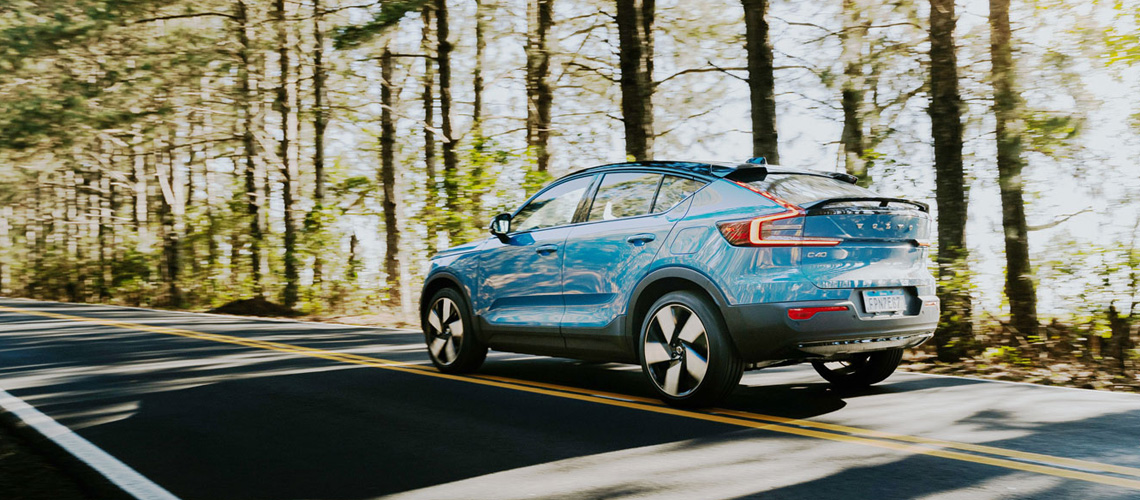
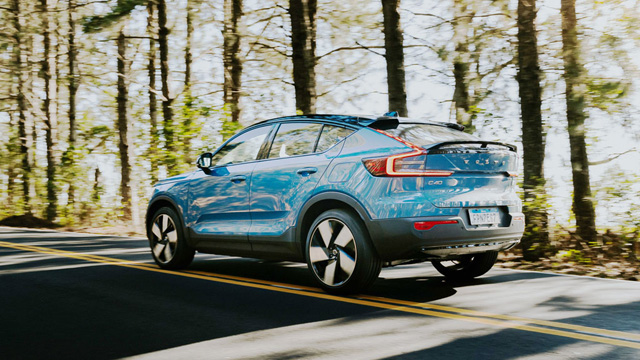
2023 is rapidly shaping up to be a knockout year for EVs in Australia.
In the first half of 2023 there were three times as many new EV owners in 2023 than in the same period in 2022, and EV sales for that period overtook figures for the entirety of 2022.
This also means there will be a lot more people experiencing a new way of travelling for the first time, and that electric car chargers will be in high demand over the holiday season.
Whether you are a new EV owner, or have hired one to see what owning one is like, planning your first electric road trip is more critical than ever before to ensure that your family time is as smooth as possible.
If you’ve never taken an electric road trip before, we’ve prepared this go-to resource on how to make sure your next holiday in an electric car is an enjoyable and rewarding experience.
Make sure you know how far your EV can really drive under different conditions. Understand the range stated by your car’s manufacturer is based on standardised testing.
Your car’s actual range will differ depending driving conditions and style; it will drive a lot further on a sunny day in city traffic than it will on the open road under wet and windy conditions.
Most carmakers now state WLTP range; you can read more about the different terms in our glossary here.
Our tip is to take a weekend road trip before setting out to your next holiday destination. If you have a family member who is wary about EVs, invite them to join you so they understand what to expect travelling in an EV.
Choosing a route that goes via a regional centre will allow you to charge at a public charger before your return, so you can learn how to plug in and kick back – or go and explore what our towns have to offer while you wait!
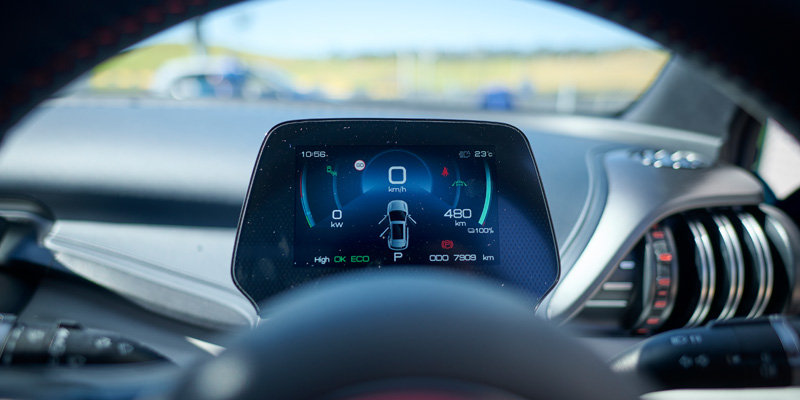
When you’re planning your first public charge, make sure you understand the difference between the kilowatt-hour rate of the EV charger you are going to visit, and the top kilowatt-hour charge rate of your electric car.
Check your owner’s manual and read our guide on how long it takes to charge an electric car
When charging, be sure to take note of the State of Charge (SoC – how “full” your battery is), and how long it takes to charge it to 80 per cent. This should give you an idea of what to expect.
Remember that the emptier your battery is, the faster it will charge. As the battery “fills up,” it will charge more slowly in order to protect the battery health.
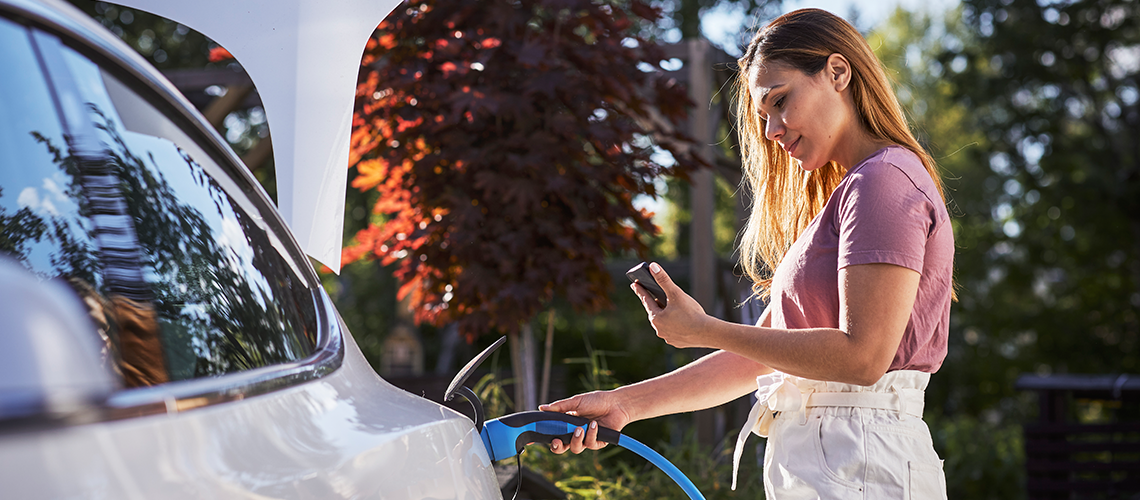
There are different types of chargers, with the main difference being whether it is AC (slow) or DC (fast). Both AC and DC chargers can be free to use, such as NRMA’s first generation charging network.
At some free-to-use AC chargers you can simply plug your EV in and begin charging without any further interaction.
Other AC chargers and NRMA’s free chargers might need you to use an app – such as NRMA’s smartphone app - to activate charging sessions.
Activation via an app helps network providers understand how much that charger is used. Other chargers require payment.
Typically, payment also occurs via an app, and you can use the app to view the charging session and history. Information on different plug types can be found here.
Being prepared before you start your road trip is also of importance.
We’ve put together this handy guide to planning your road trip, which includes how to plan your route, apps to download before you leave (there’s nothing worse than turning up to a charger with spotty reception!), and a list of handy things to bring with you.
You can check out our EV road trip planning guide here.
If you plan on towing with your EV, read our review of towing with the Polestar 2.
Lastly, if you’re looking for some great travel inspiration, we have an exciting list of specially selected destinations we’ve tested here.
While your EV won’t need oil, coolant and other lubricants checked before your road trip, there are still precautions you should take to ensure your car is ready for the road.
Our “Tips to get your car road trip ready” guide is a good reminder to check things like windscreens and wipers, lights, tyres and tyre pressure.
This guide to maintaining your EV may also answer any questions about looking after your traction battery (the big battery that powers the car) in general.
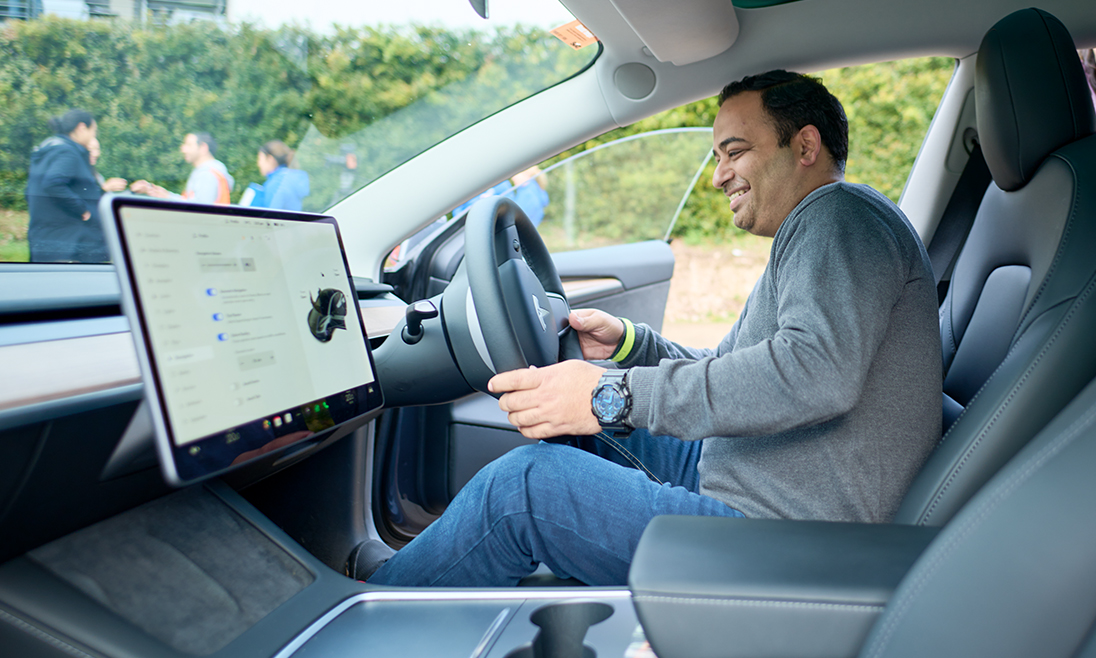
Once you’re out on the road it’s important to use good charging etiquette. Until electric vehicle charging infrastructure is as common as petrol stations, there may be waiting times during busy periods.
Follow our handy EV charging etiquette guide to ensure the best experience for you and your family as well as other drivers
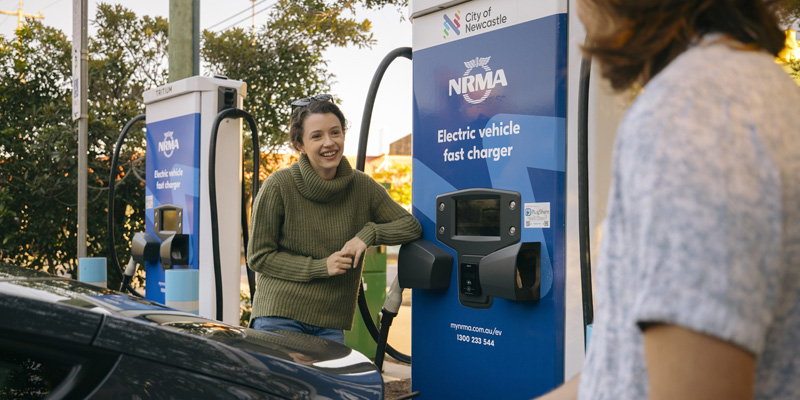
Lastly, when you reach your destination it’s a good idea to know what charging options are available.
After a long day driving, it's smart to book accommodation with on-site EV charging facilities.* A number of places now offer AC or DC charging options.
If there isn’t an installed charging option available, you can also ask if you can plug into a standard power outlet; just make sure to call ahead to check that's ok.
If your accommodation is in a remote area it is especially important to call ahead and make sure the charger is operational, and accessible if you are arriving after daylight hours.
Other charging options on the road include places with three-phase power.
This includes showgrounds, garages, and outback pubs. They charge as fast as destination chargers, allowing you to explore further (just make sure you have the right cable!